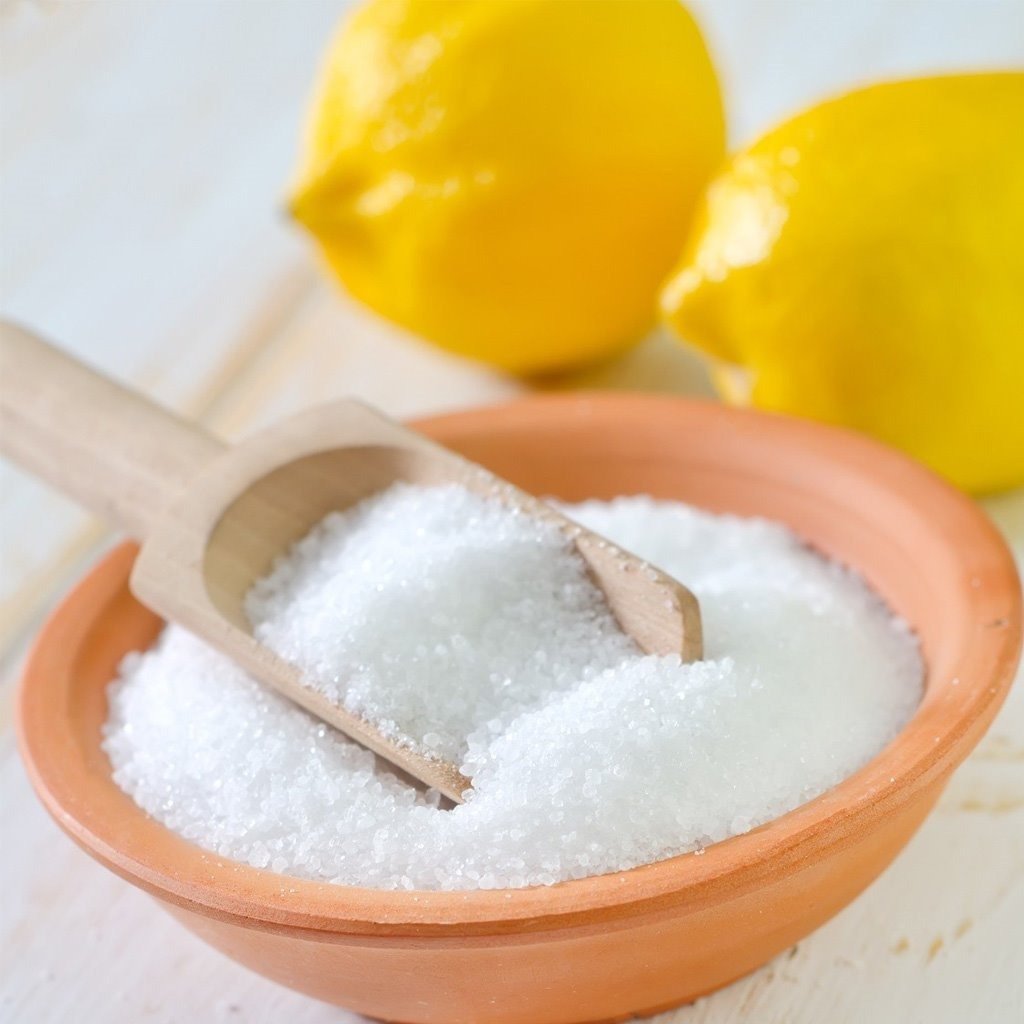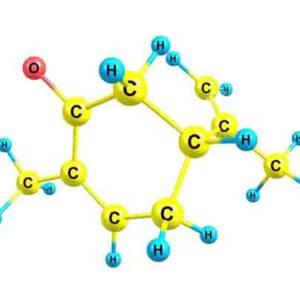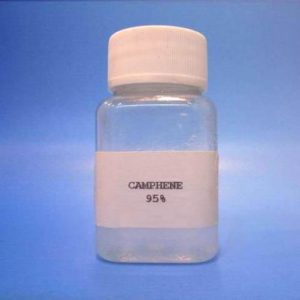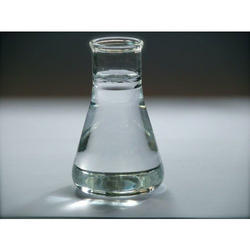Description
Properties
| grade | ACS reagent |
| InChI Key | KRKNYBCHXYNGOX-UHFFFAOYSA |
| assay | ≥99.5% |
| expl. lim. | 8 %, 65 °F |
| impurities | Substances carbonizable by hot sulfuric acid, passes test |
| ign. residue | ≤0.02% |
| pKa | (1) 3.13, (2) 4.76, (3) 6.4 |
| mp | 153-159 °C (lit.) |
| anion traces | chloride (Cl–): ≤0.001% |
| oxalate (C2O42-): passes test (limit about 0.003%) | |
| phosphate (PO43-): ≤0.001% | |
| sulfate (SO42-): ≤0.002% | |
| cation traces | Fe: ≤3 ppm |
| Pb: ≤2 ppm | |
| Gene Information | human … SRC(6714) |
Citric acid has also been used:
• In a novel process which allows controlling of the particle size during the synthesis of palladium cuboctahedrons.
• To prepare citric acid-derived carbon nanodots (CNDs) by bottom-up carbonization method.
• As a bi-component chelating agent for the synthesis of Li4Ti5O12 (lithium titanate oxide) by a novel sol–gel method.
General description
Citric acid is an organic acid commonly used as a chelating agent, a buffering agent, for pH adjustment and derivatization.




